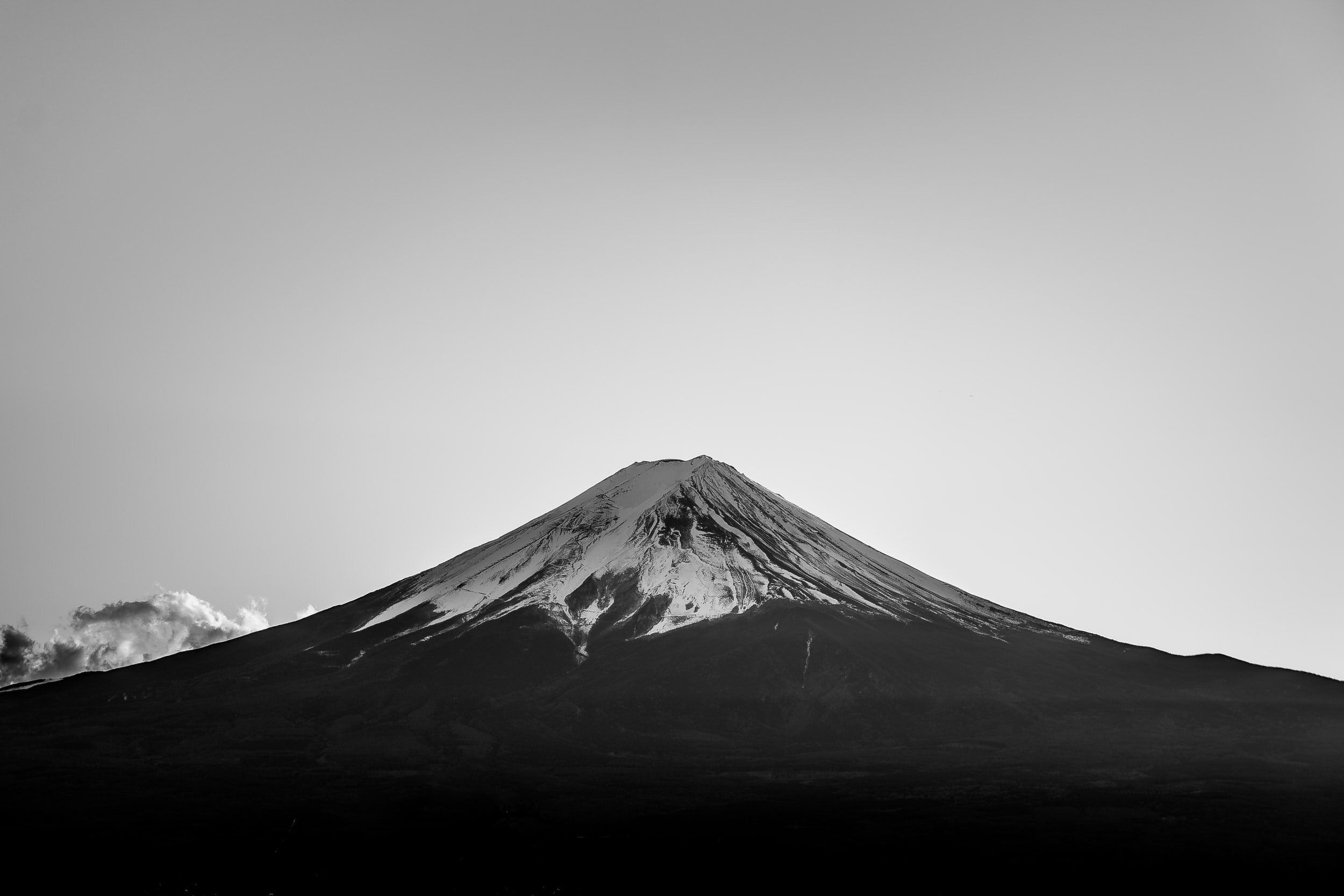Honshū
A view of Tokyo Metropolitan Area from Tokyo Metropolitan Government Observatory. ©Marty Borsotti
The main island of Japan is called Honshū (本州) and has been home to Japanese capitals since the 7th century. It has the vastest Japanese plains, namely Kantō (関東) where Tokyo was founded, Nōbi (濃尾) an important place for agricultural productions and Kansai (関西), where the old capitals Nara (奈良) and Kyoto (京都) are located. Mount Fuji, Japan’s most known symbol, is also situated in the centre of the Honshū island right between the Yamanashi (山梨) and Shizuoka (静岡) prefectures.
Mt. Fuji. ©hnyuuu
Being the centre of Japanese political centres, Honshū has also become the epicentre of many cultural and religious movements. For example, Kyoto is the place to be for tea ceremony enthusiasts, as all the famous schools headquarters are located there as well as many artisans who produce the necessary tools. Plenty of the historical sites of Japan are situated in Honshū, too, including, e.g., Kamakura, former capital of Japan, widely known for its Buddha statue, or Miyajima and its red gate in the middle of the sea, just in front of Hiroshima. You will also find the most famous theme parks of the country here: the twin parks Disneyland and DisneySea in Chiba prefecture, nearby Tokyo, and the Universal Studios Japan in Osaka prefecture.
A view of DisneySea. ©sarahcastaneda
To sum up, Honshū is considered to be the centre of Japan, both for its geographical position and as it usually sets the standards for what is considered to be ‘Japanese’. Although the country has an important variety of customs, dialects and traditions, the ones in Honshū, and more specifically in Tokyo, are most often the ones thought of when speaking about ‘Japan’.
Written by Marty Borsotti



